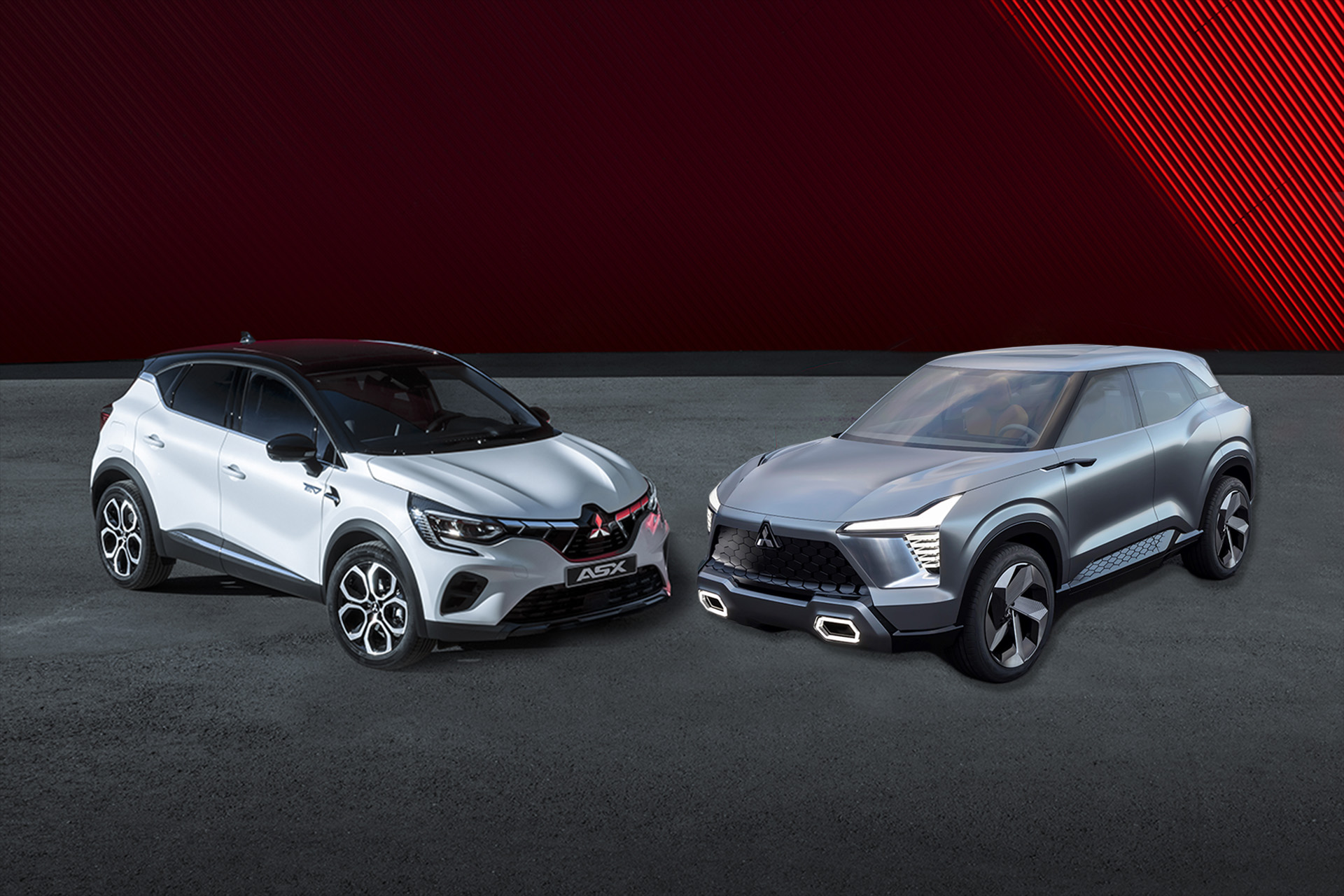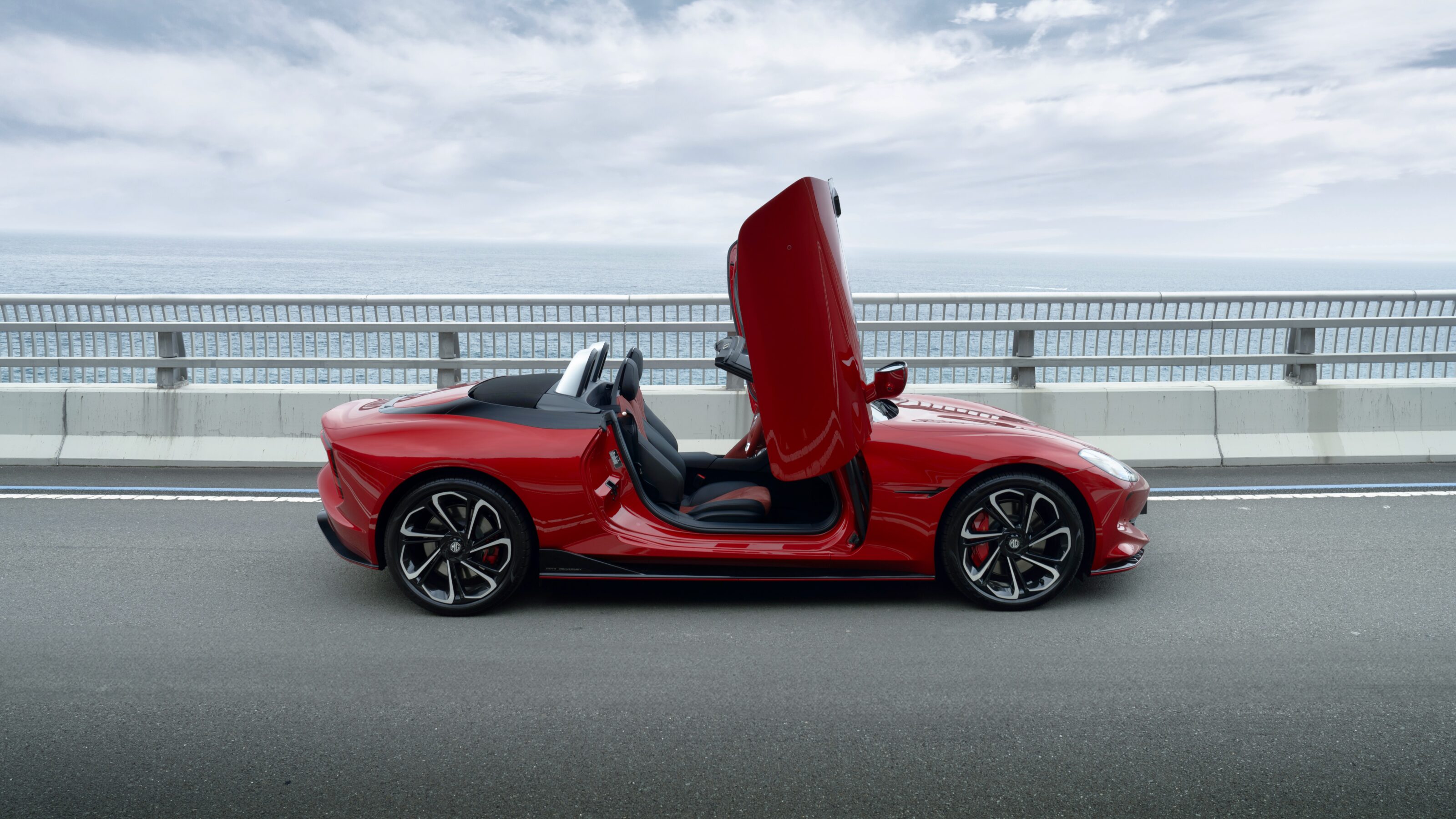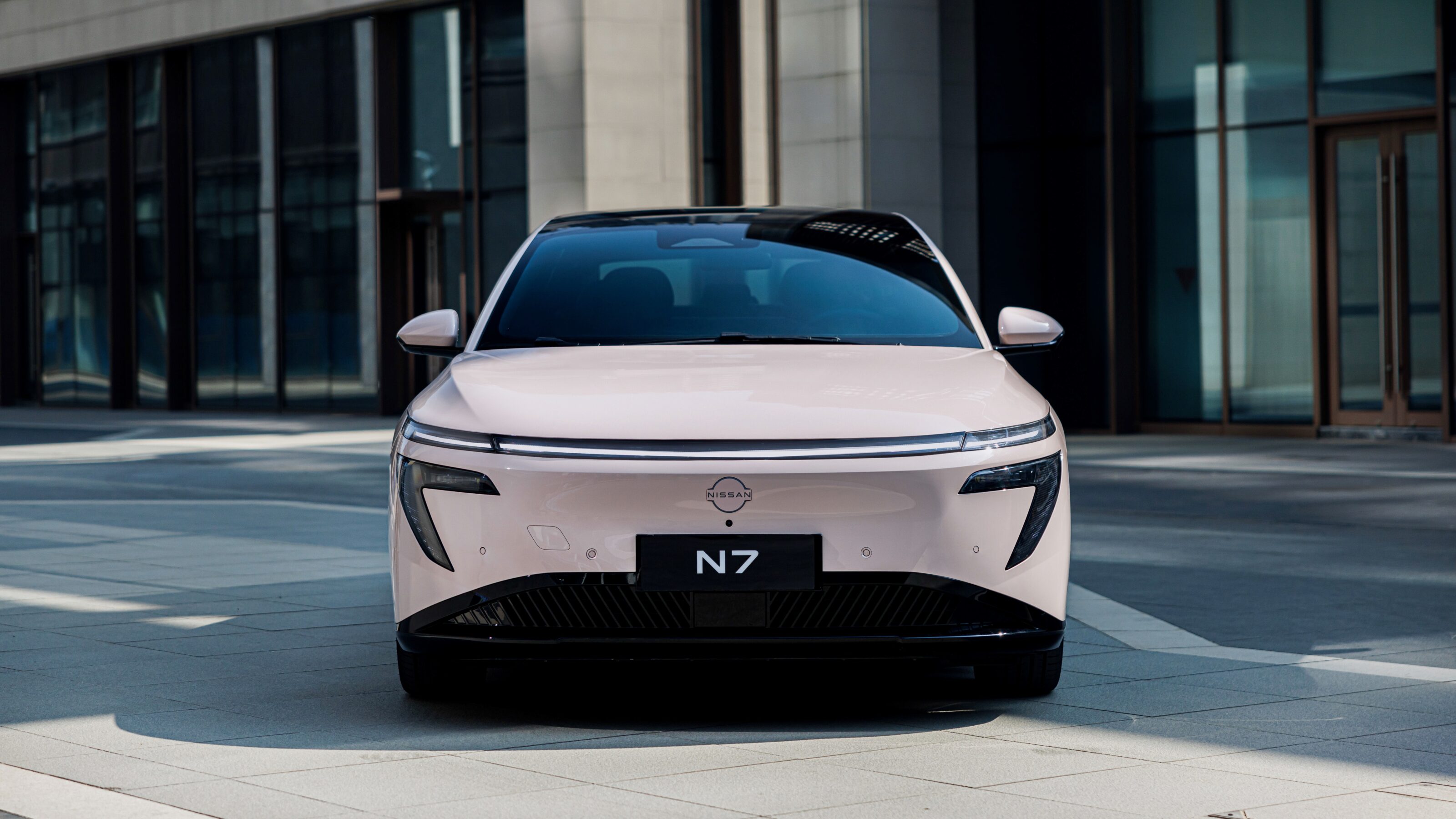Snapshot
- Current ASX production will cease at some point
- Captur-based model most likely ASX replacement
- XFC will need upgrades to meet Australian standards
According to Mitsubishi executives, there are two realistic options to replace the 13-year old Mitsubishi ASX: a previously-ruled-out rebadged Renault Captur, or the production version of the XFC concept.
“We could come up with a totally new car, but it’s not likely,” general manager product strategy division at Mitsubishi Motor Corporation, Koichi Namiki, told Wheels.
“Our desire in Australia is, of course, that we will have a range of products which attracts customers with ‘Mitsubishi Motors-ness’,” a quality roughly defined by Namiki-san as a combination of toughness, dependability, and safety.
We could come up with a totally new car, but it’s not likely
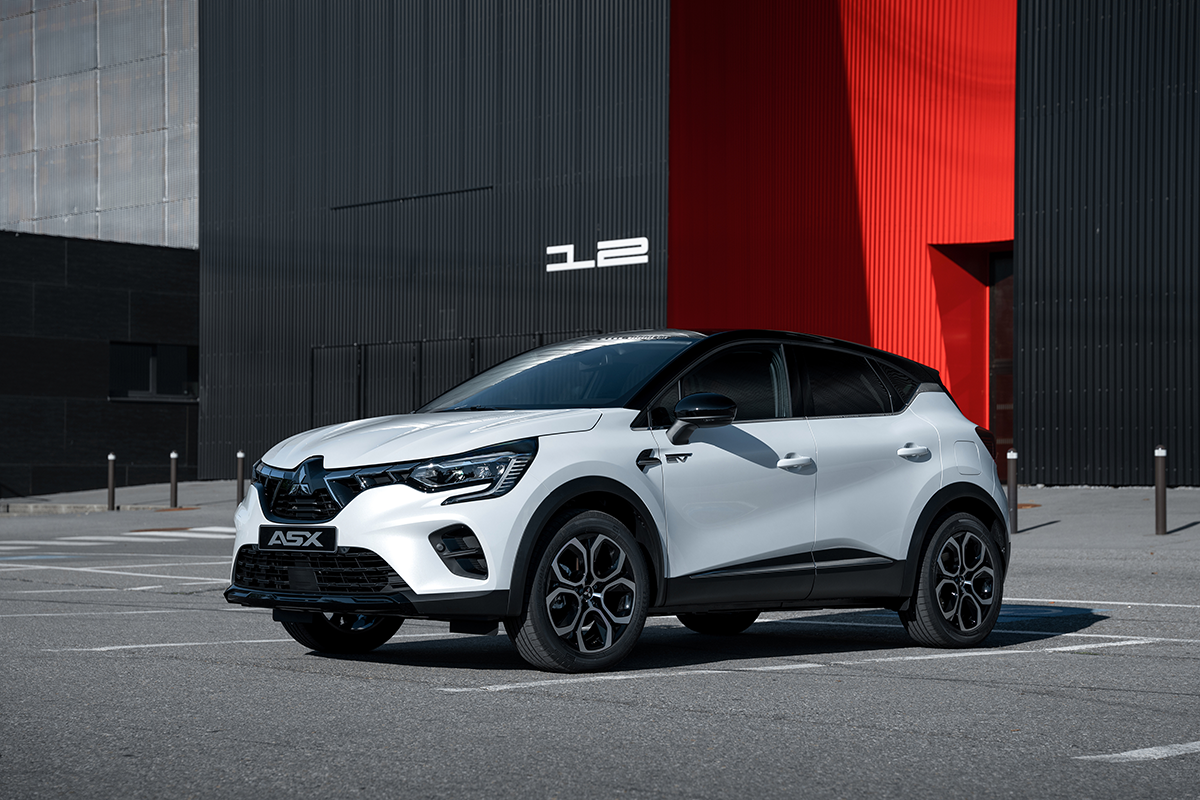
How do the ASX replacements stack up?
Thing is, neither the Euro ASX nor XFC has been developed with Australia in mind. In the European car’s case, it’s Alliance badge engineering so Mitsubishi can offer a left-hand drive, Euro 6-compliant small SUV to complement its Outlander plug-in hybrid.
Compared to our ASX (known as RVR in Japan) the Captur-based car is a half-size smaller; it’s roughly 15cm shorter and rides on a 41mm shorter wheelbase.
It also uses efficient hybrid Renault powertrains and electronics, which fits Australia’s incoming emissions policy – if not Mitsubishi’s image. We can begrudge the current ASX’s dull drive, but we can’t criticise its proven reliability and cheap servicing.
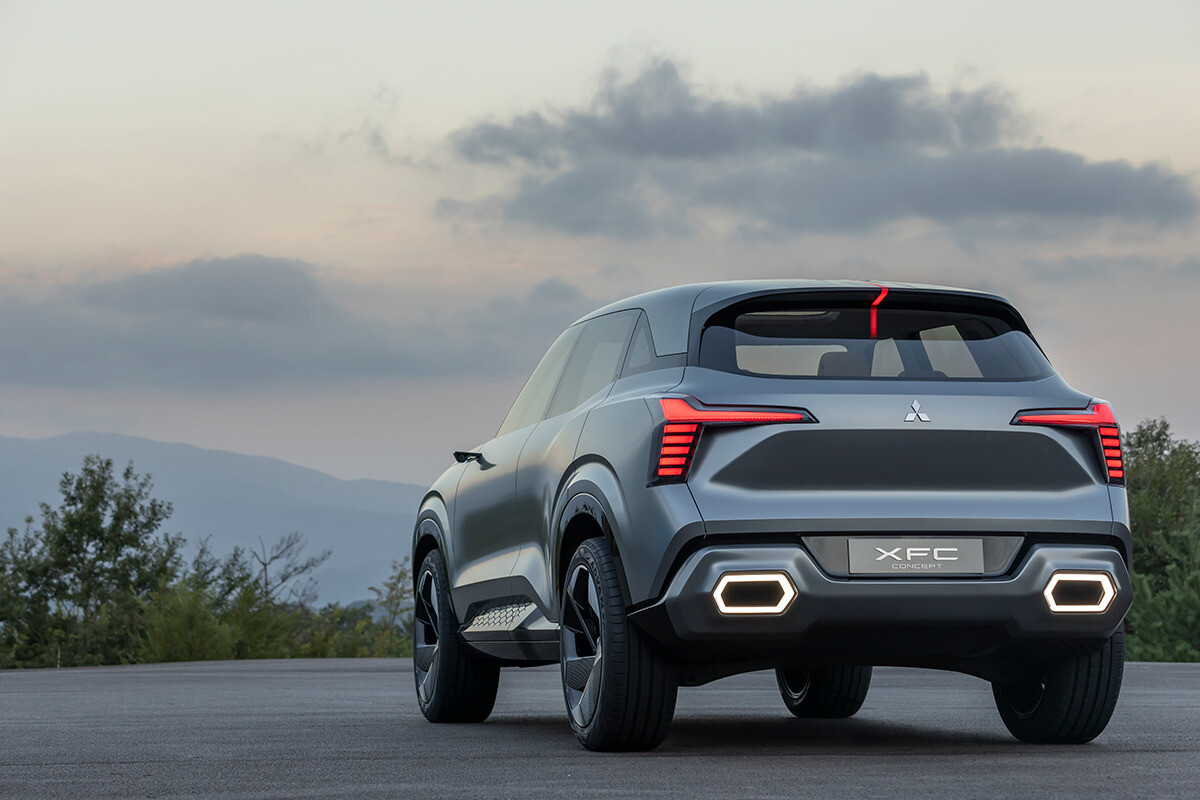
As for the XFC, it’s been developed with Mitsubishi’s growth region in mind, that being the ASEAN region which comprises 10 countries, none of which have safety standards quite as strict as Australia.
“XFC is for the ASEAN region in our mind. Of course, if it’s possible, we’d like to expand the market including leverage areas, but probably not for markets like Japan,” said Namiki-san
As outlined in Mitsubishi’s mid-term plan, the XFC will not be an electrified model at launch. Instead, expect a small-capacity petrol, such as the 77kW/141Nm 1.5-litre petrol four-cylinder found in the ASEAN-market XPander people mover.
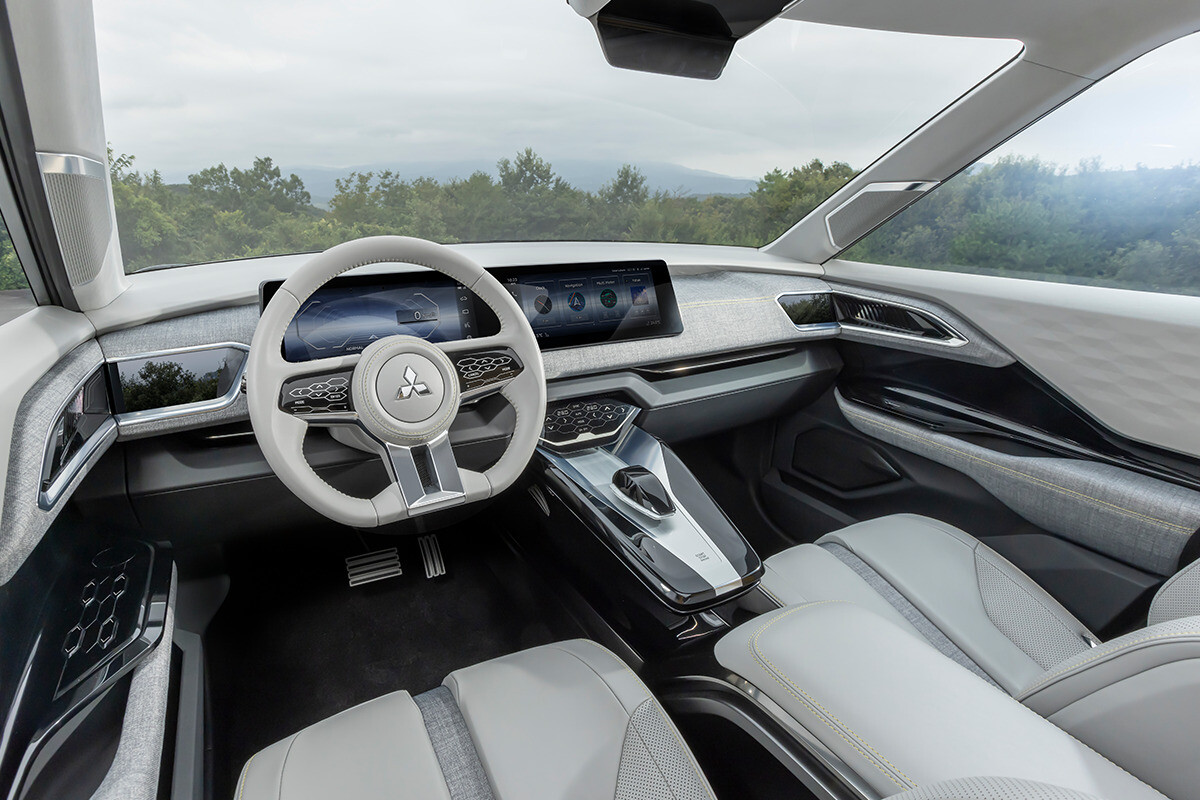
Namiki-san was honest that, as futuristic as it may look, the production version of XFC will need safety and performance upgrades if it’s to satisfy mature markets of Australia and New Zealand.
There are several other products in Mitsubishi’s mid-term plan, including a small Alliance BEV (perhaps a Megane E-Tech twin) and a two-row hybrid SUV (potentially an Eclipse Cross successor in the shape of a Nissan Qashqai clone), but Namiki made clear that neither would be a direct successor to ASX.
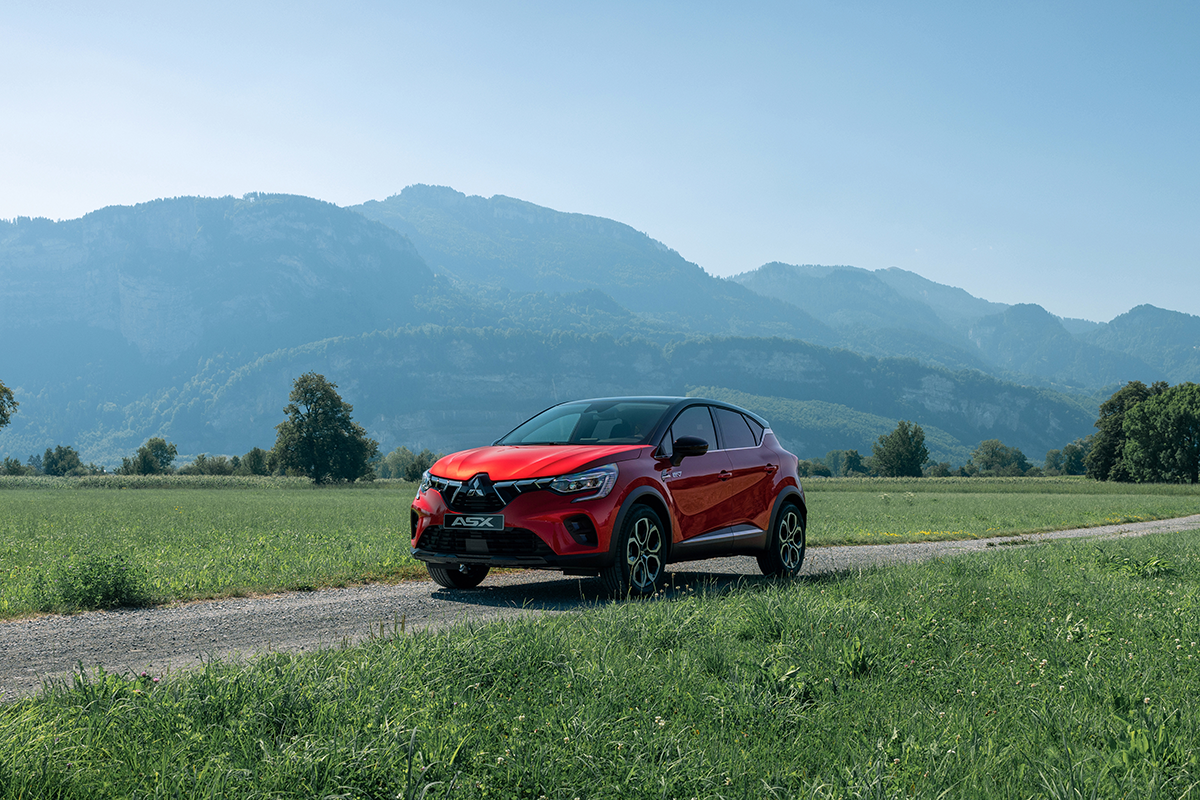
Would Mitsubishi continue with no ASX replacement?
You’ve got to imagine Australians will be sceptical of a rebadged Renault Captur, but given the XFC’s ASEAN-market focus, the new car also seems like a poor fit to replace ASX.
“Every product can’t last forever,” said Namiki-san stopping short of pin-pointing an end date for ASX. It’s also evident that Mitsubishi’s focus isn’t on small monocoque SUVs right now, so status quo could continue for a while yet.
“What we are talking about internally is that the SUV is the most important vehicle type. Not like a crossover type, more like an authentic one…we’re not trying to expand the vehicle range to sell hatchbacks or sporty cars, we’re just trying to concentrate on SUVs,” said Namiki-san.
Mitsubishi continues to work towards and ASX replacement, though there may end up being a gap between the current car and its successor.
We recommend
-
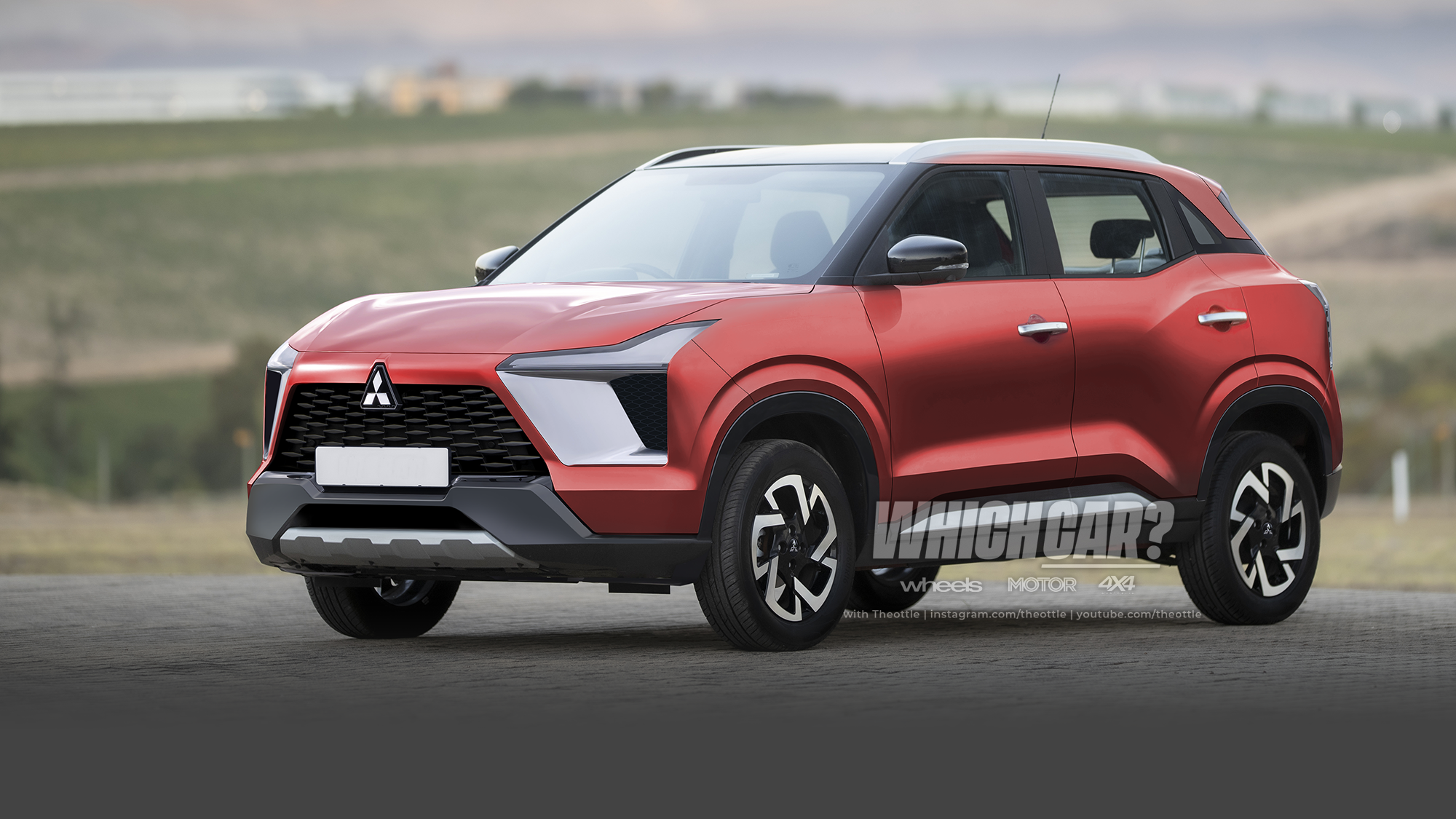 News
NewsMitsubishi's ASX is headed for an EV reboot, but is the XFC going to be it?
Mitsubishi says its compact cars are destined for an all-electric future and has just unwrapped a futuristic small crossover concept - is this our first look at an ASX EV?
-
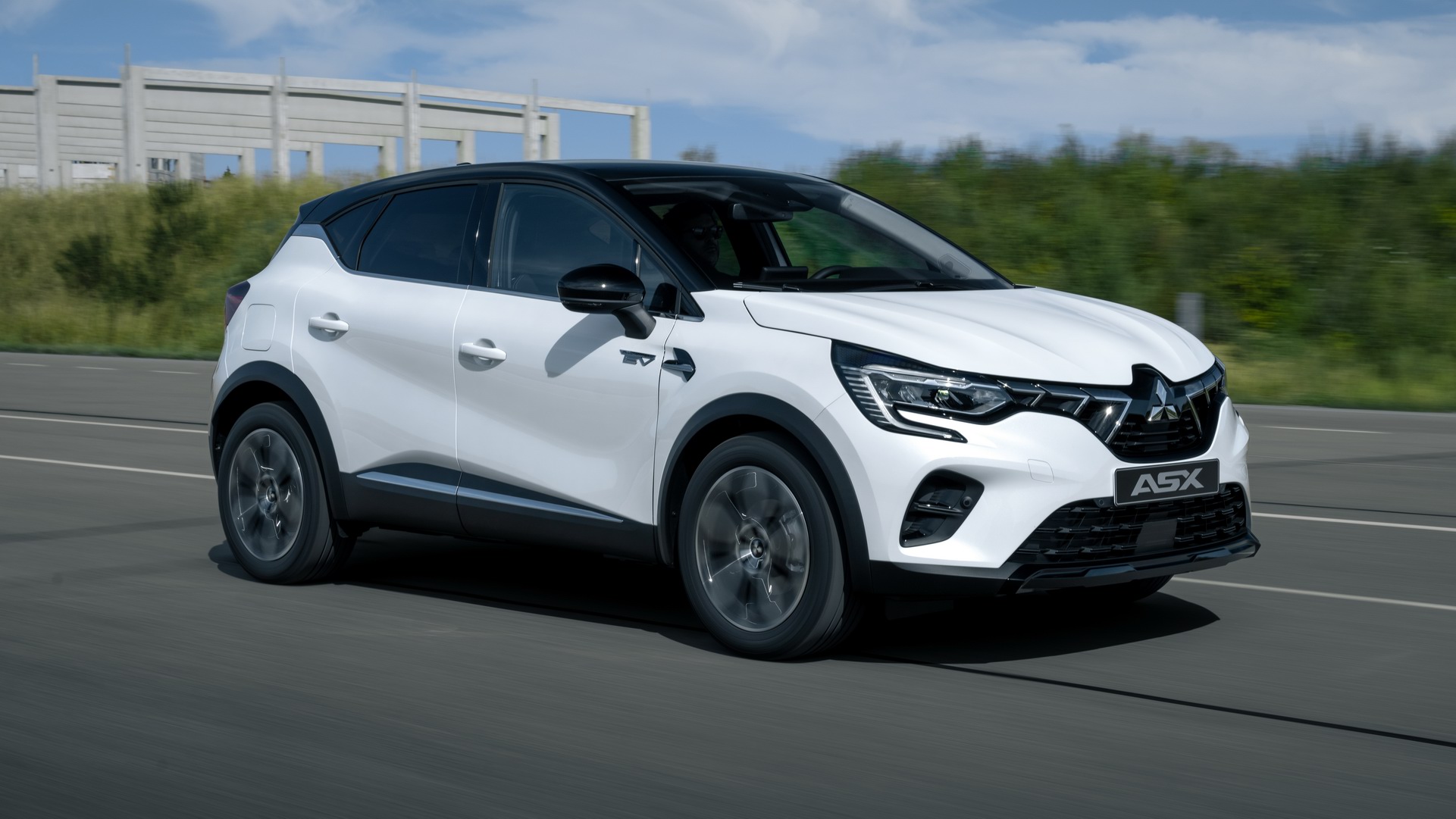 News
News2023 Mitsubishi ASX revealed for Europe, no Australian launch planned
European Renault Captur-based ASX debuts with plug-in and self-charging hybrid but it likely won’t be coming to Australia
-
 News
NewsMitsubishi previews future: New Triton & Pajero Sport, 7-seat Kluger rival, electric ute confirmed!
Mitsubishi claims it will launch 16 new vehicles – nine hybrid and electric – over the next five years, with more Alliance support in growth markets


